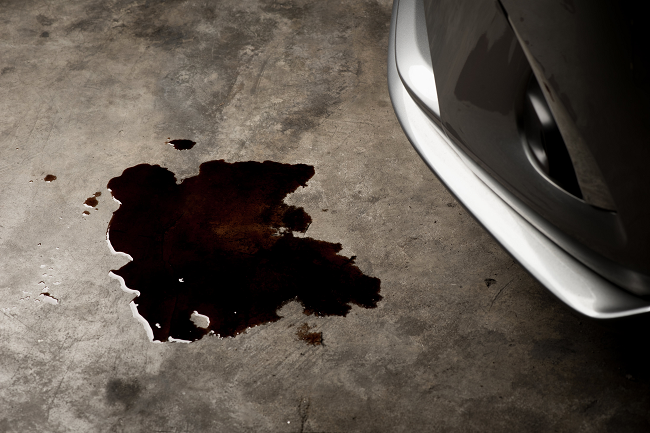
Engine oil performs very important functions. It creates a film on the surface of the parts to prevent their wear, removes heat from the moving elements, and protects them from corrosion. In addition, it cleans the engine. Lack of lubricant is dangerous for the motor. In this article, we look at why leaks may occur, tell you where to look for the fault, and find out whether a car leaking oil is safe to drive.
Why is my car leaking oil?
The most common causes of oil leaks are:Worn seals
Gaskets, seals, and O-rings are usually made of rubber, which over time loses its durability and becomes less elastic. As a result, the car starts leaking oil in the area of the mating surfaces sealed by these elements.
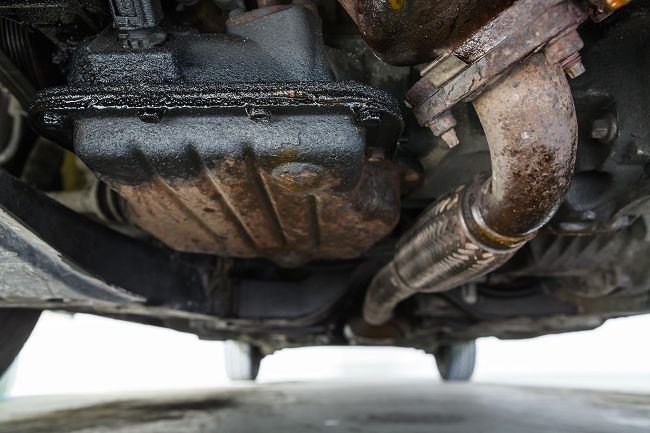
Solution:

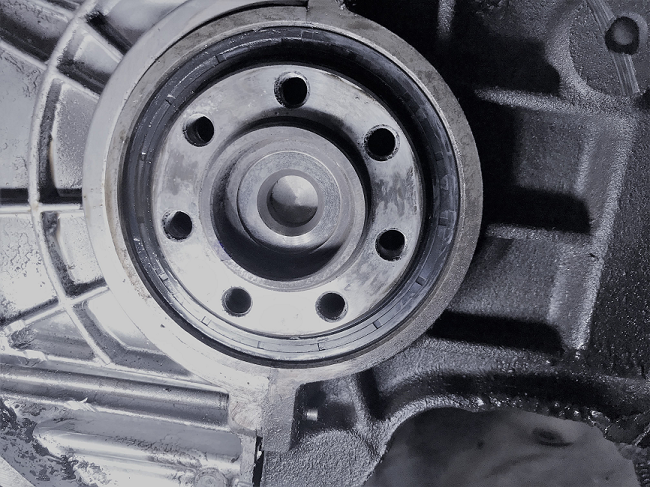
Increased pressure in the system
Accumulation of dirt and impurities can reduce the throughput capacity of individual sections of the lubrication system, which leads to a local increase of pressure. This may also be the result of clogging of the crankcase ventilation components, which leads to exhaust gases getting into the lubrication system. As a result, oil is squeezed out through seals and joints. Sometimes the problem is caused by an excessive amount of lubricant, and its high viscosity.
Solution:

Installation errors
Improper tightening of bolts and an incorrect tightening sequence can cause warping or cracking of the gasket. In addition, using sealants and adhesives to try to fix the seal can damage it.
Solution:
Mechanical damage
This can be caused by the ingress of foreign objects, or hitting an obstacle, which the oil pan is most vulnerable to.

Solution:
Loose fasteners
As a result of driving on poor-quality roads and excessive vibrations of the car due to, for example, worn suspension components, some fasteners can become loose. You may find the car is leaking oil from under them.
Solution:
Why a car leaking oil is dangerous
Due to the lack of lubricant, wear of mating parts increases. First of all, this adversely affects the condition of the valve stem seals, which further exacerbates the problem. The oil, already at too low a level, gets into the engine cylinders and burns there. The further lack of lubrication leads to the destruction and seizure of the camshaft and crankshaft, as well as of the engine pistons. In some cases, the connecting rods may break as a result of overheating.
In addition, if your car is leaking oil, the engine block itself gets contaminated, and dirt accumulates on it. This compromises the heat exchange processes, increases the load on the engine, and can cause it to overheat. The lubricant can accumulate in spark plug wells, which causes malfunctions in the ignition system. In addition, oil can destroy the insulation of wires under the bonnet, and clutch elements; it also can soften rubber mounts, seals, and interfere with plastic parts.
If the leak is severe, for example if the oil pan is punctured, you must not use the car. It’s best to call a towing service. In case of minor damage, you can try to repair it with a sealant or by cold welding. On the way to the garage, be sure to constantly monitor the lubricant level. If it gets too low, top up the fluid to the required level to prevent oil starvation of the engine parts.
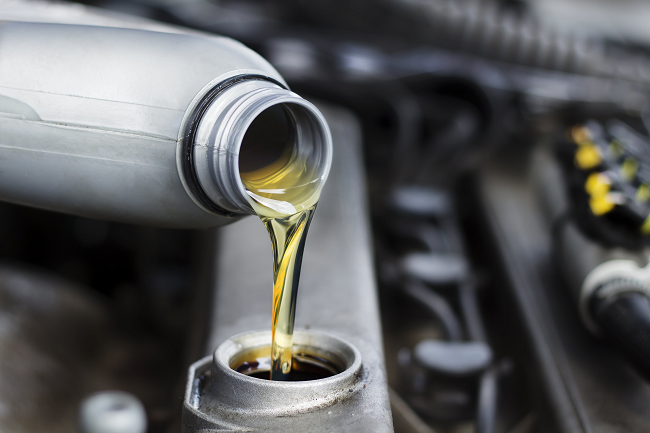
An oil leak does not usually interfere with the engine starting. But in some cases, for example if the car is equipped with an oil level sensor and the level has reached a critical minimum, the electronic control unit may prevent the engine from starting.
Conclusion
The service life of an engine directly depends on the lubricant level. Therefore, any leaks are dangerous. They should be fixed as soon as they are detected. After all, repairing a car that is leaking oil is always cheaper than overhauling or replacing the engine.

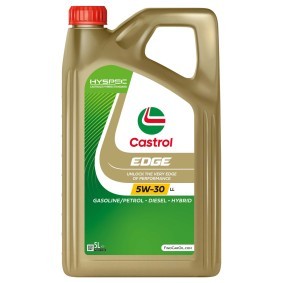

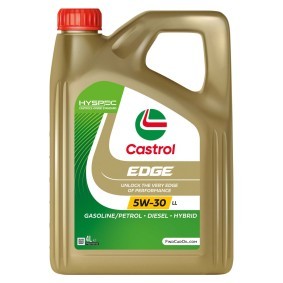

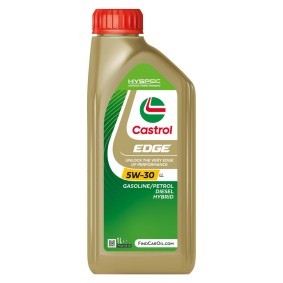


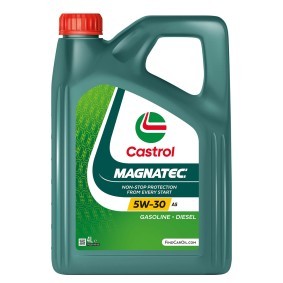




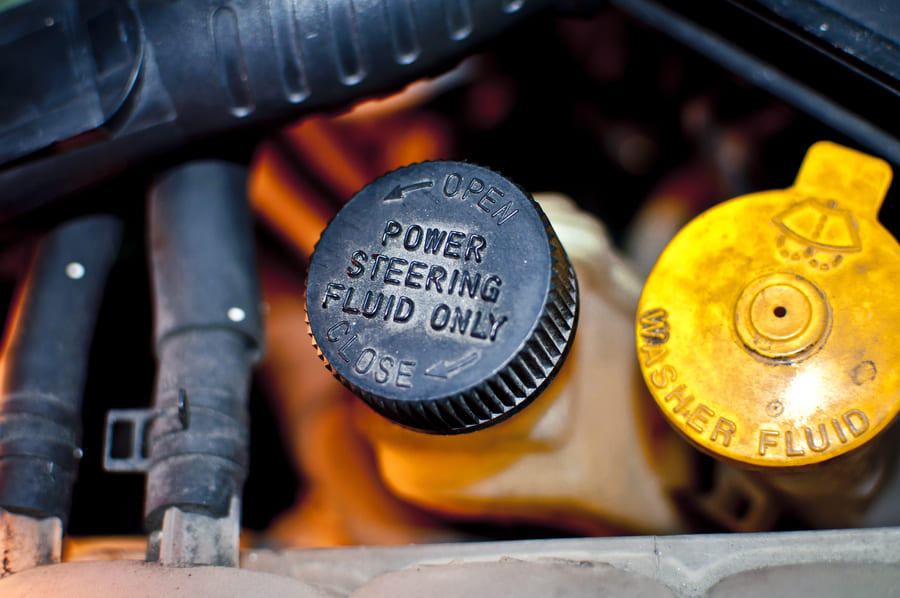
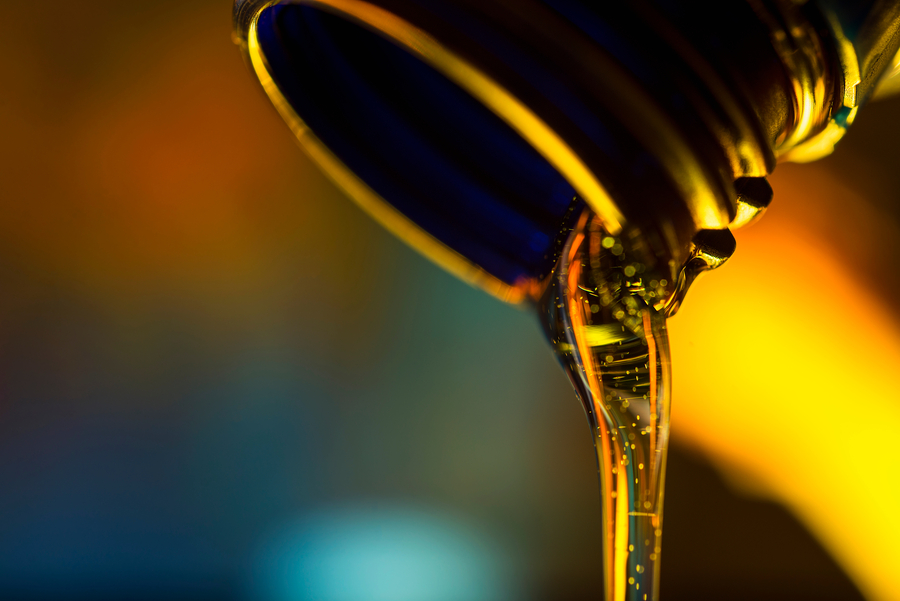
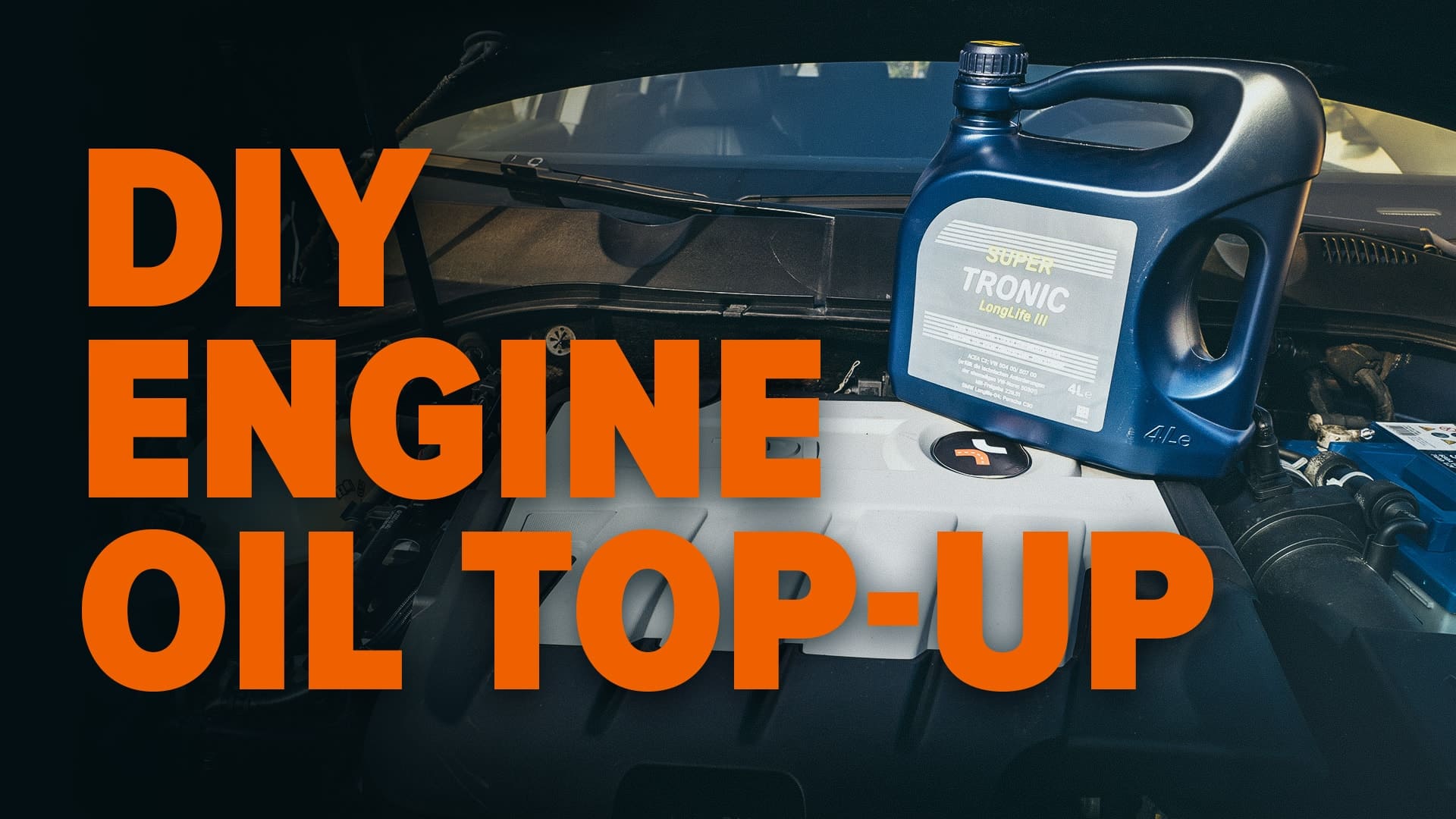
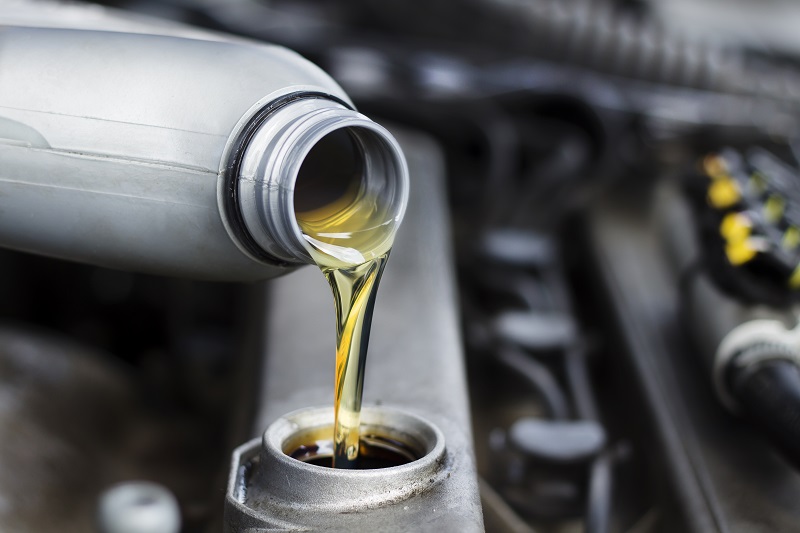

Comment